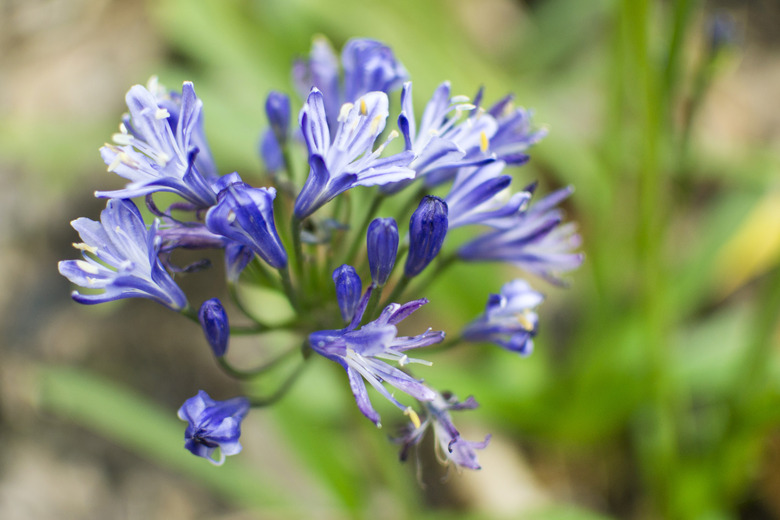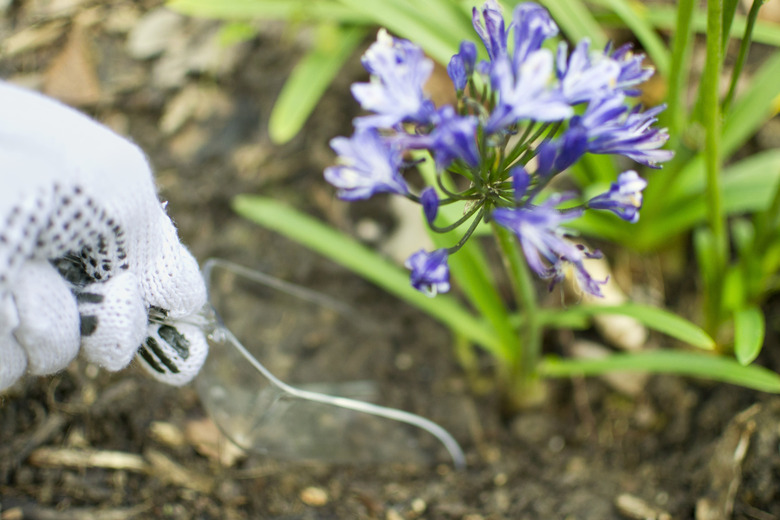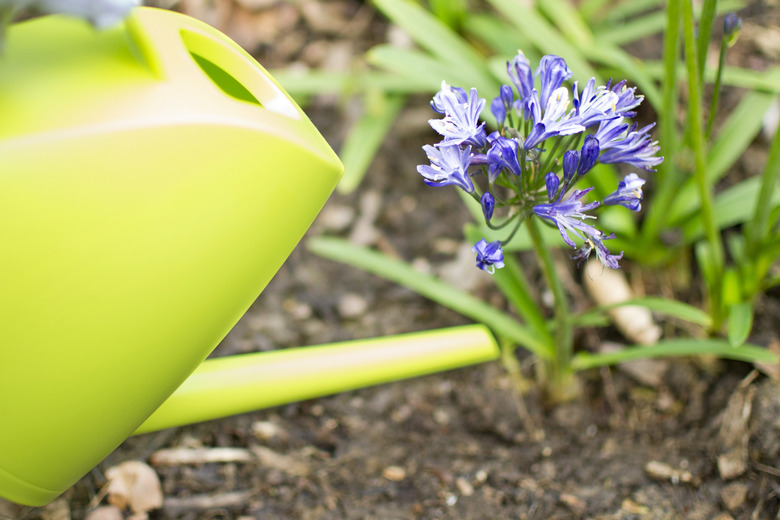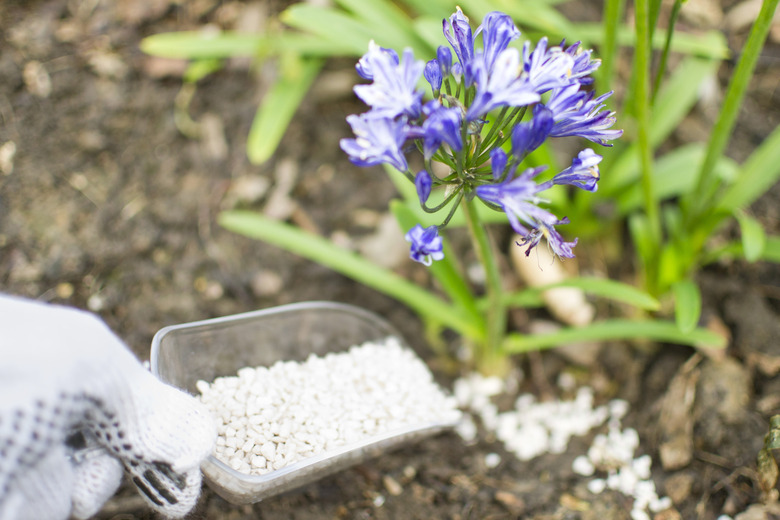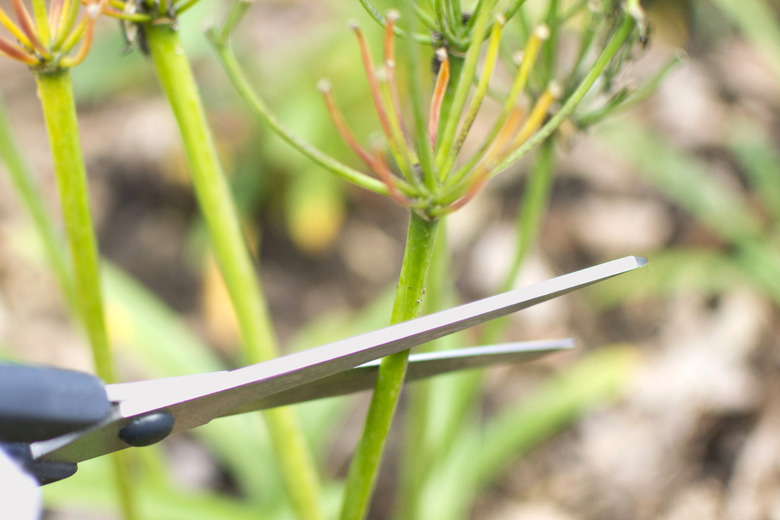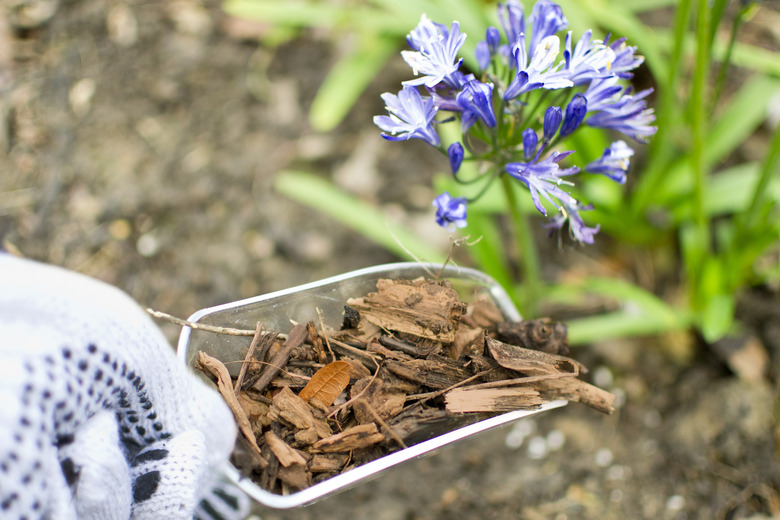How To Care For Agapanthus Plants
Things Needed
- Agapanthus plant
- Fertilizer
- Water
The agapanthus plant, also known as the lily of the Nile, produces clusters of blooms in blue, white or violet. Blooms generally appear from late spring to early fall. The name agapanthus is Greek and means love flower. The plant is a perennial and will grow again year after year. They grow best in zones 8a to 11, but can be grown in other areas with proper care.
Step 1
Plant the agapanthus in a location that has full sun for most of the day. The soil should not be too acidic and should be loose to allow for proper drainage.
Step 2
Water the agapanthus enough to keep the soil moist. Do not allow the soil to stay soggy. Do not allow it to dry out for a long period of time. Reduce watering during colder months.
Step 3
Fertilize the agapanthus twice a month during spring and summer. Use a general purpose fertilizer and dilute it to half the strength that is recommended on the packaging using water. If preferred, a slow-release fertilizer can be used once in early spring instead.
Step 4
Prune any damaged or dead foliage to allow new leaves to grow. Pruning to shape the plant should only be done in spring and summer. Regular pruning is not necessary and should be done sparingly.
Step 5
During the winter months a layer of mulch should be applied to protect the roots from frost. Remove the mulch once warmer weather resumes.
Tip
Agapanthus can also be planted in containers so that they can be moved inside in cold weather. If moved inside, place the plant in a sunny location. Propagate agapanthus by digging up an existing plant and separating a small section. Use a sharp knife to separate roots. Plant the new section of plant the same way as the parent plant. Propagate during spring or early summer for the best results. Treat pests such as aphids with mild soap and warm water. Wash the leaves gently with this solution. Make sure to wash the undersides of the leaves as well.
Warning
Agapanthus can be toxic. Plant it in an area where pets and small children will not be unsupervised with it. The sap can also be irritating to skin. Use caution when pruning or handling broken stems. Wash any skin that comes in contact with the plant with warm soapy water.
